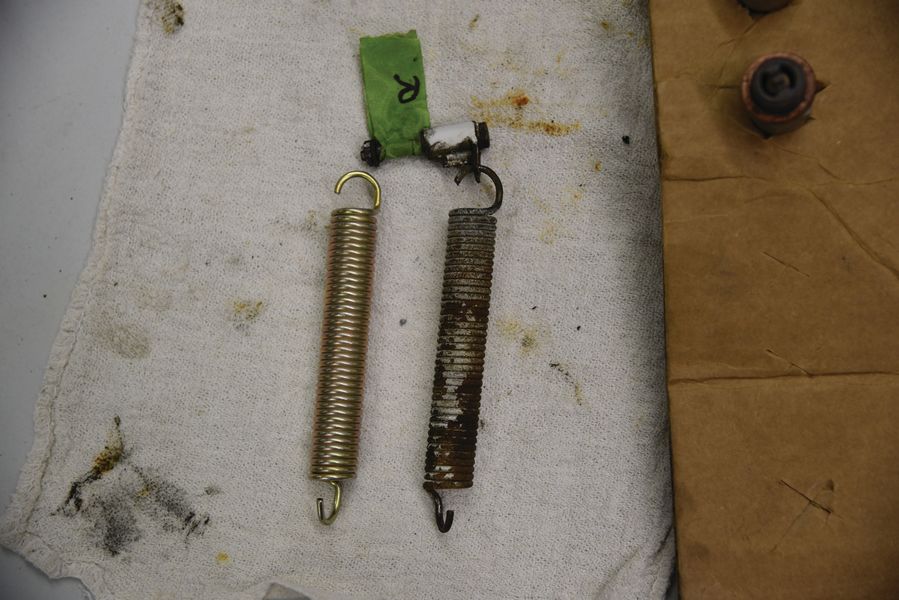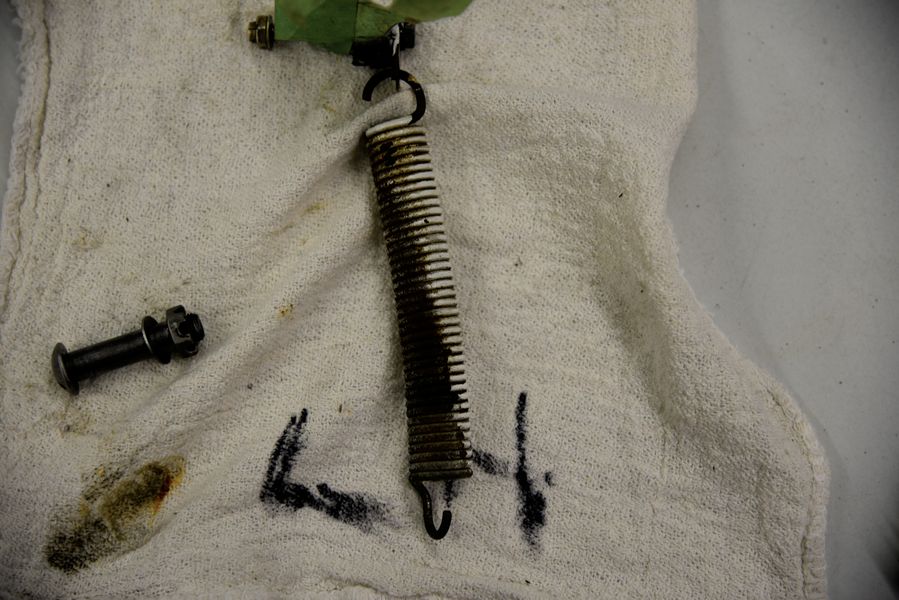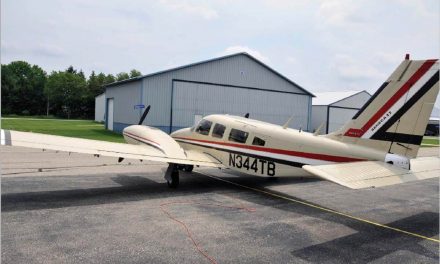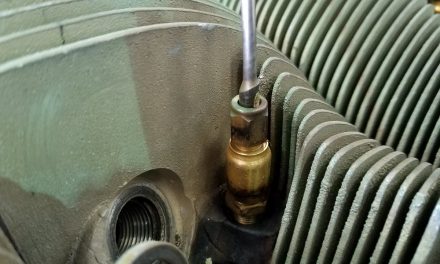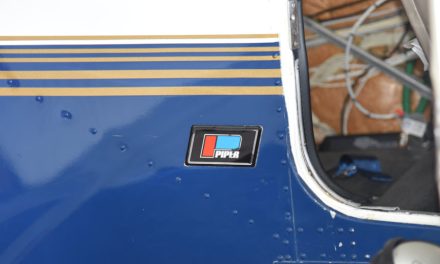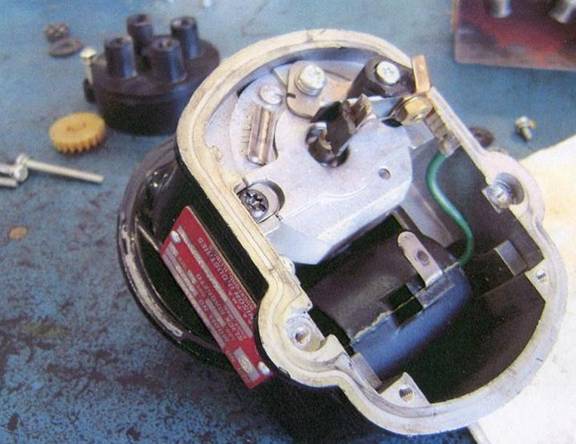One of the greatest benefits of belonging to an association is the constant knowledge sharing between members. You can get it from our magazine, forums, and fly-ins. Many of us have had significant aviation issues, where we’ve had to learn the hard way the right thing to do. Piper Owner Society’s goal is that we help you avoid those hard lessons.
I learned this lesson back in 1992 when I owned a 1977 PA-44-180 Seminole. I bought the plane from Embry-Riddle Aeronautical University in Florida and brought it back to Wisconsin. One beautiful flying day I put my two sons, aged about 4 or 5 years, in the back and went out for lunch. I got to my destination and lowered the landing gear, but the nose gear wouldn’t lock and I had no green light on the panel. I cycled it a few times but no joy. I turned around and headed back to my home airport.
While en route, I consulted the POH and it said to slow to around 80 knots or so (the exact airspeed escapes me at this point). The nose gear came down and locked and I got back on the ground OK. After a consultation, my mechanic showed me a landing gear spring similar to the one in the picture.
Unlike this spring, the nose gear spring on a Seminole is made of two springs: one inside the other. The inside spring was unknown to me and had broken, resulting in the remaining spring doing the work. Obviously, the remaining spring couldn’t get the job done.
If you have a Piper retractable, I would suggest that you inspect that inner spring for wear and corrosion. There’s obviously a lesson here but that’s not exactly why I’m writing.
Since I owned that Seminole, I’ve subsequently owned three Senecas and now a Turbo Arrow. While my Arrow was in for annual inspection and an AD on my landing gear was being complied with, I found that my mechanic had the main gear springs out and on a table.
Wishing to save me money, it was his intention to put those springs back on the airplane. Take a good look at the rusty spring (on the right in the photo). Would you put it back?
I had my mechanic order new springs for the landing gear and replace them all. There’s just no way that I’m going to have another landing gear failure due to lack of preventive maintenance. It costs just a few bucks to replace a spring; what’s it cost for a gear-up landing?
Final note: Under the back seat and in the empennage are control cables with springs on them. Inspect them all and replace any that you’re not comfortable with. It’s cheap insurance and it will keep your springs in the air. Fly safely!

